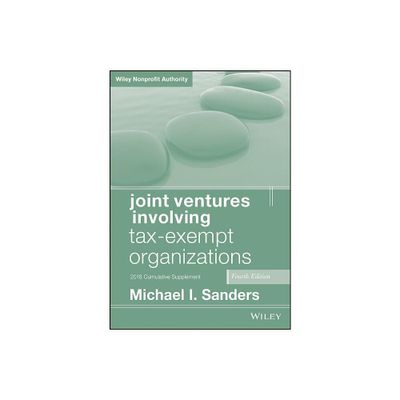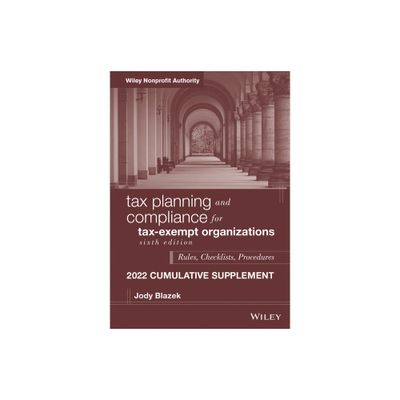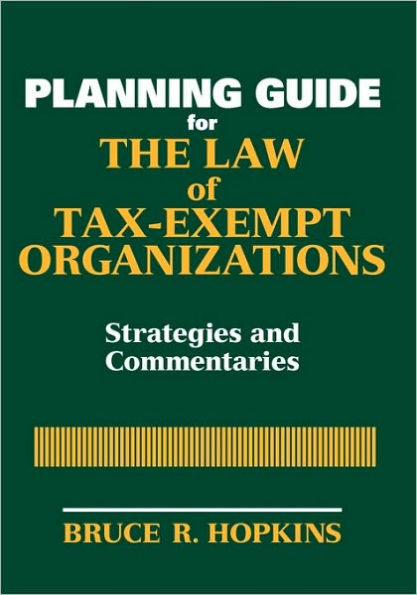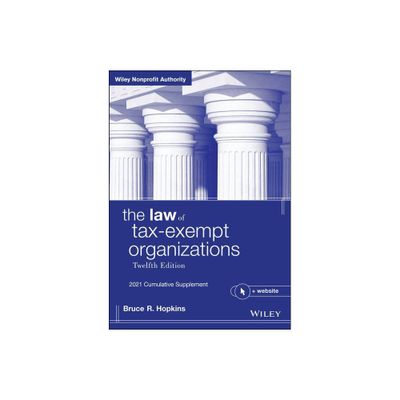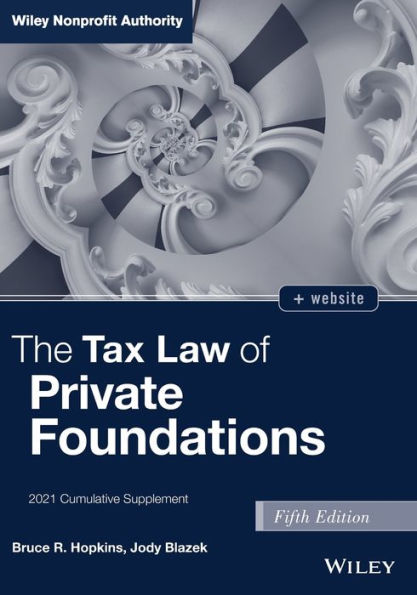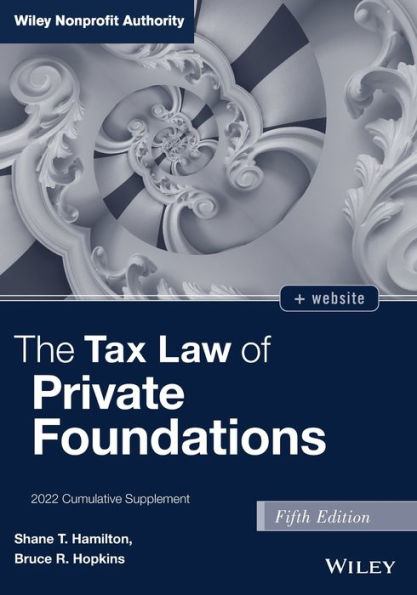Home
Joint Ventures Involving Tax-Exempt Organizations, 2019 Cumulative Supplement / Edition 4
Loading Inventory...
Barnes and Noble
Joint Ventures Involving Tax-Exempt Organizations, 2019 Cumulative Supplement / Edition 4
Current price: $150.00
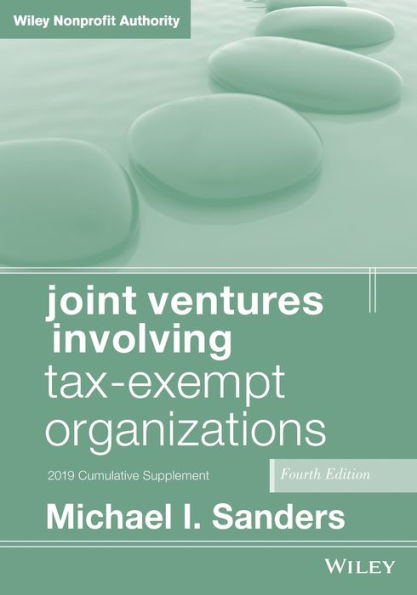

Barnes and Noble
Joint Ventures Involving Tax-Exempt Organizations, 2019 Cumulative Supplement / Edition 4
Current price: $150.00
Loading Inventory...
Size: OS
*Product Information may vary - to confirm product availability, pricing, and additional information please contact Barnes and Noble
Effective strategies for non-profit entities in a profit-based world
Joint Ventures Involving Tax-Exempt Organizations
examines the procedures, rules, and regulations surrounding joint ventures and partnerships, emphasizing tax-exempt status preservation. Revised and updated to align with changes made to numerous tax codes and laws within the last year, this supplement offers expert interpretation and practical guidance to professionals seeking a complete reference, including an analysis of impact of the “siloing” of the UBIT rules, the new Opportunity Zone Funds which will incentivize investors in designated census tracts,
inter alia
. Sample documents enable quick reference and demonstrate real-world application of new laws and guidelines. The discussion delves into planning strategies that can be applied to joint ventures and partnerships while maintaining tax-exempt status, and which joint ventures are best suited for a particular organization.
Widely accepted business strategies for profit-based entities, joint ventures, partnerships, and alliances are increasingly being used by nonprofits in need of additional financial support in challenging economic environments. This book provides invaluable guidance to appropriate planning and structuring while complying with tax-exemption guidelines.
Identify the most appropriate transactions for nonprofit organizations
Recognize potential problems stemming from debt restructuring and asset protection plans
Reference charitable organization, partnerships, and joint venture taxation guidelines
Understand which joint venture configurations are best suited to tax-exempt organizations
Joint ventures and partnerships are currently employed by a variety of not-for-profit organizations while maintaining their tax-exempt status. Hospitals, research laboratories, colleges and universities, charter and special-needs schools, low-income housing developments, and many others are reaping the benefits of joint venture participation—but without careful planning and accurate interpretation of current laws, these benefits can be erased by loss of tax-exempt status.
provides practical, up-to-date guidance on realizing the full benefits and avoiding the hazards unique to nonprofit organizations.
Joint Ventures Involving Tax-Exempt Organizations
examines the procedures, rules, and regulations surrounding joint ventures and partnerships, emphasizing tax-exempt status preservation. Revised and updated to align with changes made to numerous tax codes and laws within the last year, this supplement offers expert interpretation and practical guidance to professionals seeking a complete reference, including an analysis of impact of the “siloing” of the UBIT rules, the new Opportunity Zone Funds which will incentivize investors in designated census tracts,
inter alia
. Sample documents enable quick reference and demonstrate real-world application of new laws and guidelines. The discussion delves into planning strategies that can be applied to joint ventures and partnerships while maintaining tax-exempt status, and which joint ventures are best suited for a particular organization.
Widely accepted business strategies for profit-based entities, joint ventures, partnerships, and alliances are increasingly being used by nonprofits in need of additional financial support in challenging economic environments. This book provides invaluable guidance to appropriate planning and structuring while complying with tax-exemption guidelines.
Identify the most appropriate transactions for nonprofit organizations
Recognize potential problems stemming from debt restructuring and asset protection plans
Reference charitable organization, partnerships, and joint venture taxation guidelines
Understand which joint venture configurations are best suited to tax-exempt organizations
Joint ventures and partnerships are currently employed by a variety of not-for-profit organizations while maintaining their tax-exempt status. Hospitals, research laboratories, colleges and universities, charter and special-needs schools, low-income housing developments, and many others are reaping the benefits of joint venture participation—but without careful planning and accurate interpretation of current laws, these benefits can be erased by loss of tax-exempt status.
provides practical, up-to-date guidance on realizing the full benefits and avoiding the hazards unique to nonprofit organizations.
